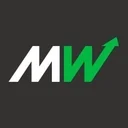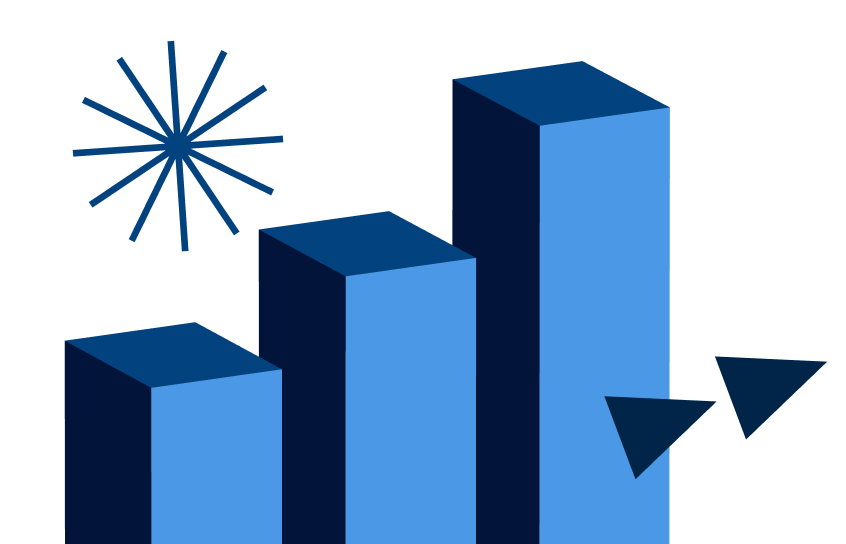How to Find Unclaimed Retirement Benefits
Search databases, contact employers and talk to account custodians to see if you have unclaimed retirement benefits.

Many, or all, of the products featured on this page are from our advertising partners who compensate us when you take certain actions on our website or click to take an action on their website. However, this does not influence our evaluations. Our opinions are our own. Here is a list of our partners and here's how we make money.
The investing information provided on this page is for educational purposes only. NerdWallet, Inc. does not offer advisory or brokerage services, nor does it recommend or advise investors to buy or sell particular stocks, securities or other investments.
You can look for unclaimed retirement benefits by searching online databases, calling previous employers and contacting retirement plan custodians to see if you have an account with them.
About 25% of all dollars in 401(k) plans are left behind with employers or forgotten by beneficiaries, according to a survey by Capitalize, a company that helps people locate and combine their retirement plans. That comes out to around $2.1 trillion in unclaimed retirement benefits.
If you think you might have unclaimed retirement funds, here’s a quick guide to get you started.
See where you stand compared to households like yours, and get steps you could take to grow from here.

NWWP is an SEC-registered investment adviser. Registration does not imply skill or training. Calculator by NerdWallet, Inc., an affiliate, for informational purposes only.
How to see if you have unclaimed retirement benefits
1. Check the National Registry of Unclaimed Retirement Benefits
Companies and financial institutions submit information about unclaimed retirement funds to the National Registry of Unclaimed Retirement Benefits when they can’t locate beneficiaries. These retirement funds can include pension plans, 401(k) accounts and individual retirement accounts (IRAs). If the database indicates you have an unclaimed account, you may need to provide your contact information and work with the former employer or financial institution to receive your benefits.
2. Check the Department of Labor’s Abandoned Plans Program
The Department of Labor’s Employee Benefits Security Administration (EBSA) oversees the Abandoned Plan Program. When a company recognizes that it can’t keep its retirement plan going, it can work with EBSA to register all beneficiaries of an abandoned plan. If you think your company’s retirement plan was abandoned and is no longer managed by your previous employer, you can search the abandoned plan database by plan name or employer name. You’ll need to select how you will receive your benefits, and the options you have available depend on the type of retirement plan you’re reclaiming.
3. Beware paid services
Some companies charge a fee to search for existing 401(k) accounts and offer a more tailored service than the free databases. However, they might use the search option as a way to sell clients other services, such as taking loans against their 401(k) accounts. And some of these companies don’t limit their searches to unclaimed accounts; they might include your current retirement accounts in their results.
If you left a retirement account with a previous employer
If you left a retirement account with a previous employer, you have a few options to track it down.
If you receive notifications about the account, look at any communications from the employer or the financial company listed as the account custodian. This information is often on statements that summarize your account’s value and recent activity.
If your previous employer is still in business, calling their human resources department is the first step. Even if the company no longer works with the account custodian, a representative can track down the information and tell you whom to contact or how to access your account information.
If your previous employer is no longer in business, contact the account custodian. These companies can often provide beneficiaries with access to their accounts through their websites.
If your previous employer is no longer in business and you don’t know the account custodian, search the Department of Labor’s EFAST database. This is a database of companies that have filed IRS Form 5500, which is a form most companies that offer employee benefit plans must file each year. If your company filed a Form 5500 on or after Jan. 1, 2010, you can search the database to see who the custodian was and contact them. If your company isn’t in the EFAST database, contact former employees and ask if they know which financial company is administering the retirement accounts.
If you worked for the federal government
The federal government provides employees hired after 1986 the option to contribute to the Federal Employees Retirement System. It includes three benefit plans: Social Security, Thrift Savings Plan (TSP) and Basic Benefit Plan (BBP).
Social Security benefits are set up as with any other job and require the employer to withhold 6.2% for Social Security tax.
The TSP is similar to a 401(k). However, the agency deposits 1% of your basic pay into the plan every pay period. If you also contribute to the plan, your agency matches your contributions up to a certain amount as well. You can take your TSP funds with you if you leave before retiring from the federal government. To see if you have any available funds, visit the government’s Thrift Savings Plan site.
The BBP is a pension that pays retired employees a portion of their pre-retirement salaries. To qualify, you must have worked for the government for at least five years. How much is available in your pension depends on how much you contributed, but you may have some funds available if you qualified for a BBP (contributions are automatically deducted from your paycheck). If you’re unsure if you have a BBP, contact the Office of Personnel Management, which oversees the plan.
See where you stand compared to households like yours, and get steps you could take to grow from here.

NWWP is an SEC-registered investment adviser. Registration does not imply skill or training. Calculator by NerdWallet, Inc., an affiliate, for informational purposes only.
If you worked for a state or local government
States offer their own retirement programs, and many allow local government agencies to participate. The first step to finding an unclaimed account is to contact the state’s retirement program, which might be its own state department or a division of a different department.
If you served in the military
Some military personnel qualify for the Veterans Pension program, while others qualify for a military retirement plan. Check eligibility for each program to ensure you're looking for the right type of account in the correct system.
If you are separated from the military
If you were a service member but did not serve 20 years, you might have funds in the Blended Retirement System. Eligibility depends on when you joined the military. If you enrolled in the BRS, you have two potential sources of retirement funds: a pension, referred to as a defined benefit plan, and the TSP, referred to as a defined contribution plan.
If you retired after 20 years of active-duty service, you likely qualify for a pension. If you separated from the military before hitting the 20-year mark, you can take any contributions you’ve made to the TSP with you. How much is available in your TSP depends on how much you contributed. To see if you have any available funds, visit the Thrift Savings Plan site.
If you are a wartime veteran
If you have a veterans pension, you can find pension information through the Department of Veterans Affairs website.
If you can’t access your pension information online, you can visit a Department of Veterans Affairs office to get help. You can search for the closest office on the department’s website. Not every city has an office, so you might have to travel to talk with someone in person.
What to do if you discover unclaimed retirement benefits
What you do with the funds if you claim retirement benefits can have tax implications now and later. Consider talking with a certified financial planner to compare your options.
One option: Roll the funds into an existing retirement account.
A rollover allows you to move funds from one retirement account into another retirement account. This consolidation lets you invest more in one account, potentially save on administrative fees and simplify your retirement finances. If you roll over the funds into another 401(k), you may be able to defer the taxes on the funds until you begin drawing money from the account.
Nerdy tip: You probably will have to pay taxes on the money now if you roll over a 401(k) into an after-tax account such as a Roth IRA.
Another option: Roll the funds into an IRA.
Rolling retirement funds into an IRA may offer you more control over the account’s portfolio and may reduce fees. You’ll likely have to pay income taxes on retirement funds you roll into a Roth IRA; however, you likely can defer paying taxes on the money until you take a distribution if you roll it into a traditional IRA.
Withdrawing the funds
If you withdraw funds from a 401(k) or similar retirement account before age 59½, the IRS could hit you with an early withdrawal penalty of 10% on top of the regular income tax on the withdrawal[6].
What happens to unclaimed retirement benefits?
If the sponsoring company still offers the same plan, an unclaimed 401(k) account might be managed in the same place and by the same people as when an employee worked there. However, if the company has closed down, the funds will likely be reported to a database in an attempt to locate the beneficiary. If the beneficiary isn’t found, the account is often taken over by the government until they locate the beneficiary.
Table of Contents







